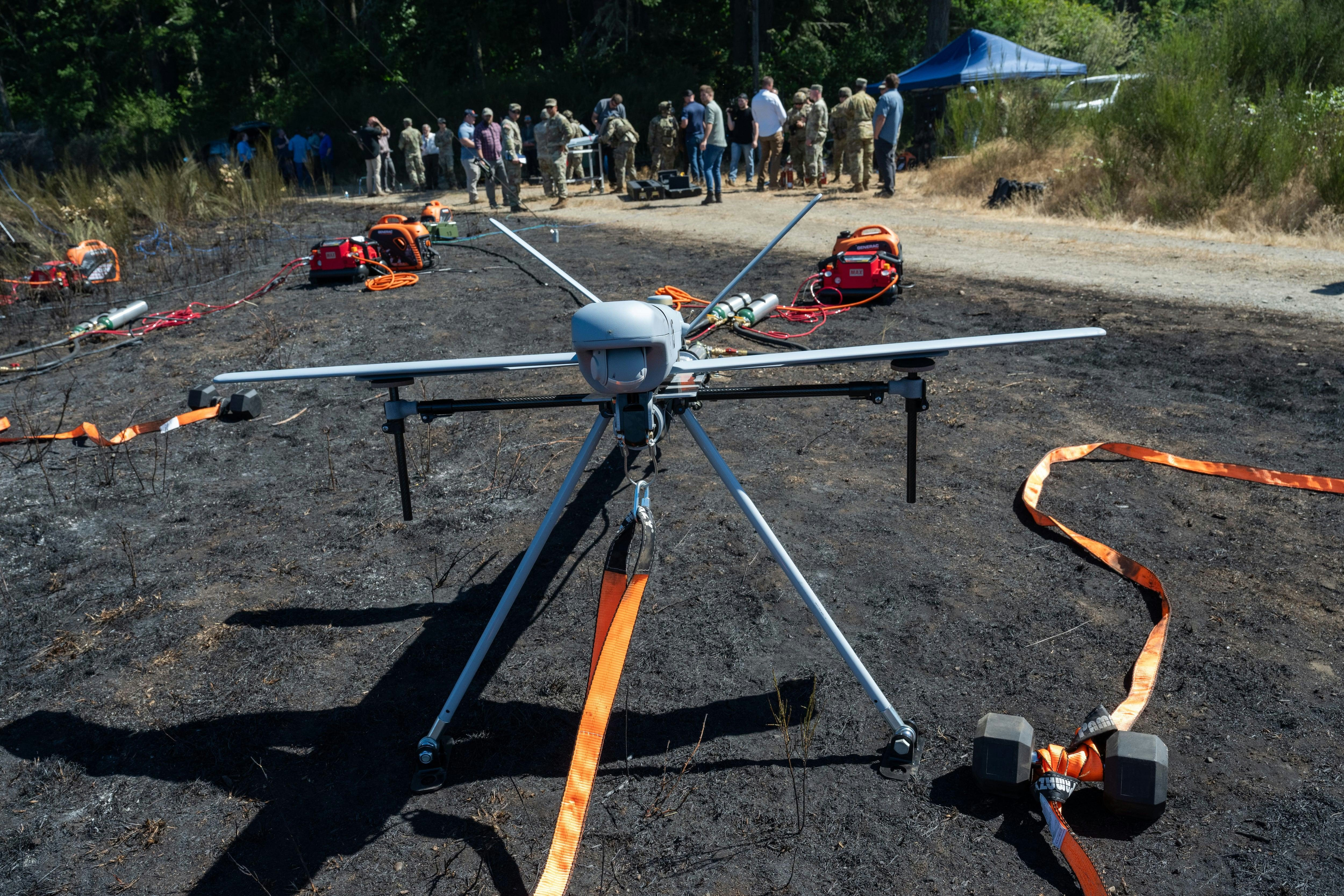
AeroGenie – Ihr intelligenter Copilot.
Trends
Categories
DGCA Orders Comprehensive Audit of Indian Aviation Sector
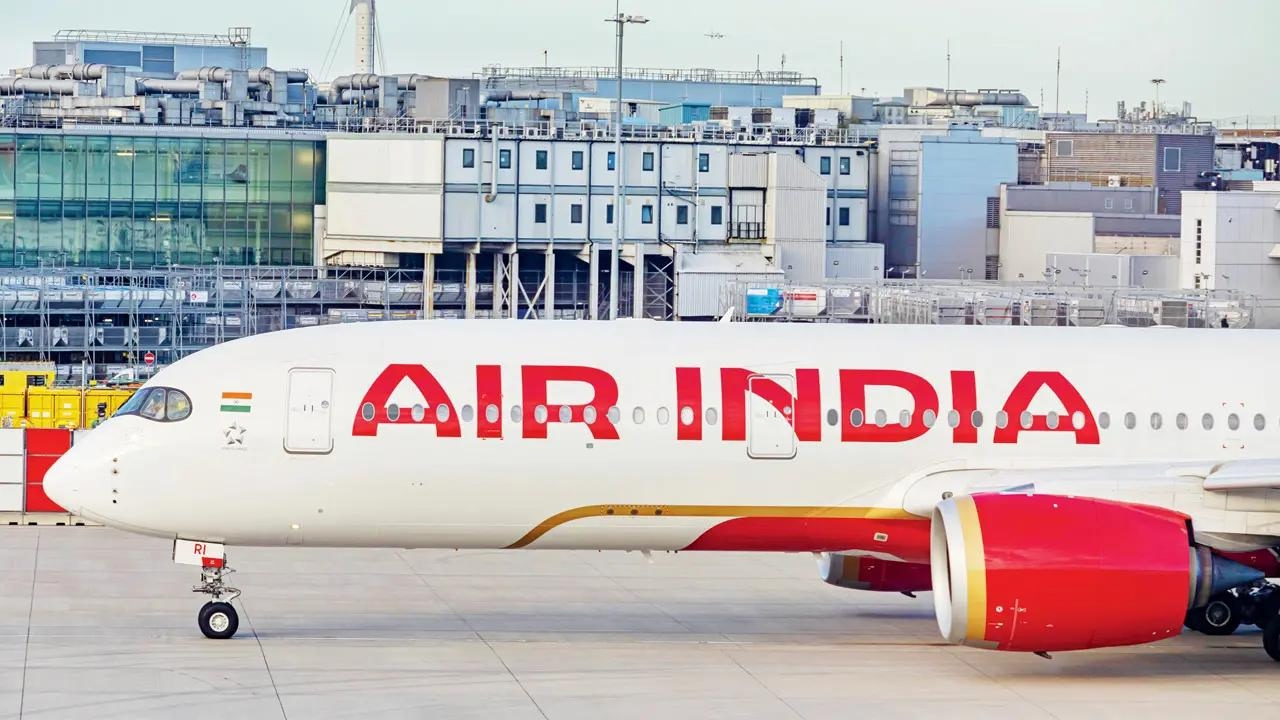
DGCA Orders Comprehensive Audit of Indian Aviation Sector
Heightened Safety Concerns Prompt Regulatory Action
In response to the recent Air India flight 171 crash in Ahmedabad and a series of helicopter accidents in Uttarakhand, the Directorate General of Civil Aviation (DGCA) has initiated a comprehensive special audit of the Indian aviation sector. This decision reflects growing concerns over safety standards and operational practices within the industry, prompting regulators to undertake a thorough examination of the entire aviation ecosystem.
The scope of the audit is extensive, covering scheduled, non-scheduled, and private airlines, as well as maintenance, repair, and overhaul (MRO) organizations. It will also include approved training organizations (ATOs), flying schools, air navigation service providers, airport operators, and ground handling agencies. Beyond these core entities, the DGCA will scrutinize supporting components such as technology providers, emergency response systems, supply chain networks, and regulatory coordination bodies. This broad approach aims to ensure that all elements contributing to aviation safety and operations are rigorously evaluated.
A Holistic Approach to Aviation Oversight
Traditionally, the DGCA’s oversight functions have been compartmentalized, with different directorates conducting inspections and audits within their specific domains. However, DGCA chief Faiz Ahmed Kidwai has emphasized that this special audit marks a significant departure from past practices. It seeks to deliver a holistic, 360-degree assessment of the aviation sector, supplementing the regular annual surveillance program with a more integrated and comprehensive review.
The recent crash involving Air India’s Boeing 787 fleet has intensified scrutiny of the airline’s ongoing transformation program, Vihaan.AI, raising questions about its capacity to sustain operational momentum amid increased regulatory oversight. Although DGCA inspections have not identified major safety issues within the 787 fleet, the regulator’s removal of three senior Air India officials due to repeated safety violations signals a firmer stance on enforcement.
Industry experts have expressed mixed views on the effectiveness of previous DGCA audits. Amit Singh, an air safety specialist, suggested that incorporating third-party auditors could enhance the credibility and thoroughness of the evaluations. Other insiders highlighted the persistent challenge posed by financial instability among airlines and aviation service providers, which often complicates efforts to enforce strict compliance. One industry source noted that weaker players have historically cautioned regulators that stringent safety requirements might jeopardize their survival and disrupt connectivity, underscoring the delicate balance between regulation and operational viability.
Implementation and Industry Implications
The special audits will be conducted by multidisciplinary teams led by senior DGCA officials and supported by specialists in flight standards, air safety, airworthiness, airspace and navigation services, licensing, and aerodrome standards. To ensure a comprehensive and credible evaluation, external industry experts may also be engaged to provide specialized insights.
Upon completion of the audits, findings will be communicated to the respective entities, which will be required to submit corrective action plans within 15 days. The DGCA will closely monitor the implementation of these plans through follow-up reviews and verification audits, reinforcing accountability across the sector.
The aviation industry’s response to this intensified regulatory scrutiny, particularly Air India’s transparency and corrective measures, will be closely observed by regulators, competitors, and market participants. As airlines adapt to evolving safety protocols and regulatory expectations, the outcomes of these audits are expected to influence public confidence and shape the future dynamics of Indian aviation.

Lufthansa's Fleet Plans for 2025

Fifteenth National Games Model Aviation Finals in Longhua Showcase Drone Sports and Innovation
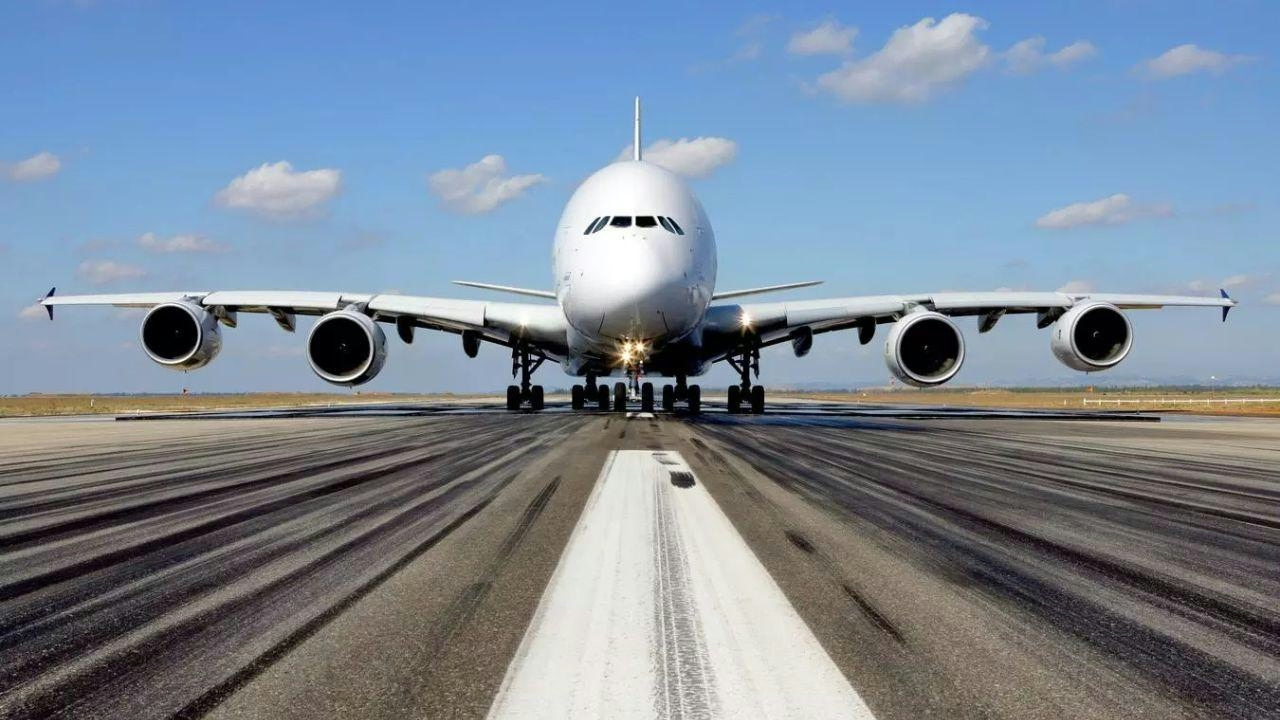
Brazilian Woman Becomes First Female Captain of Airbus A380
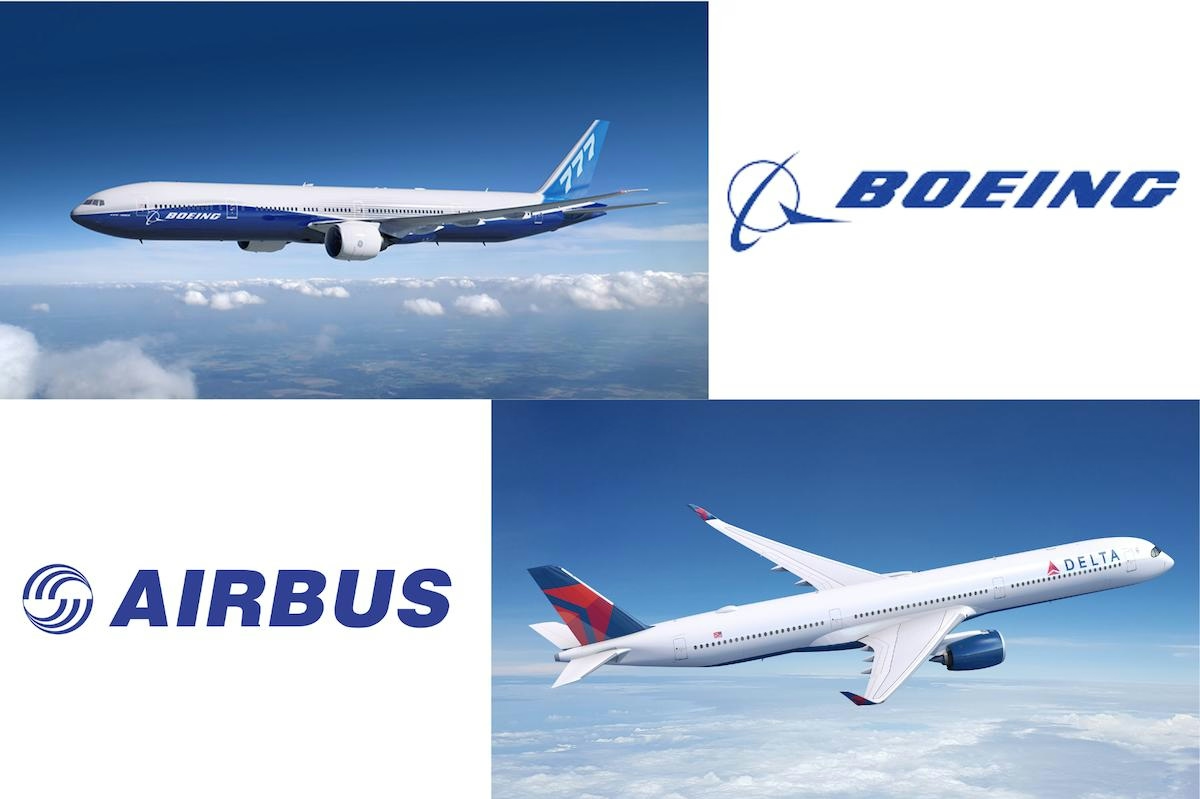
Airbus and Boeing: Comparing Their Global Reach
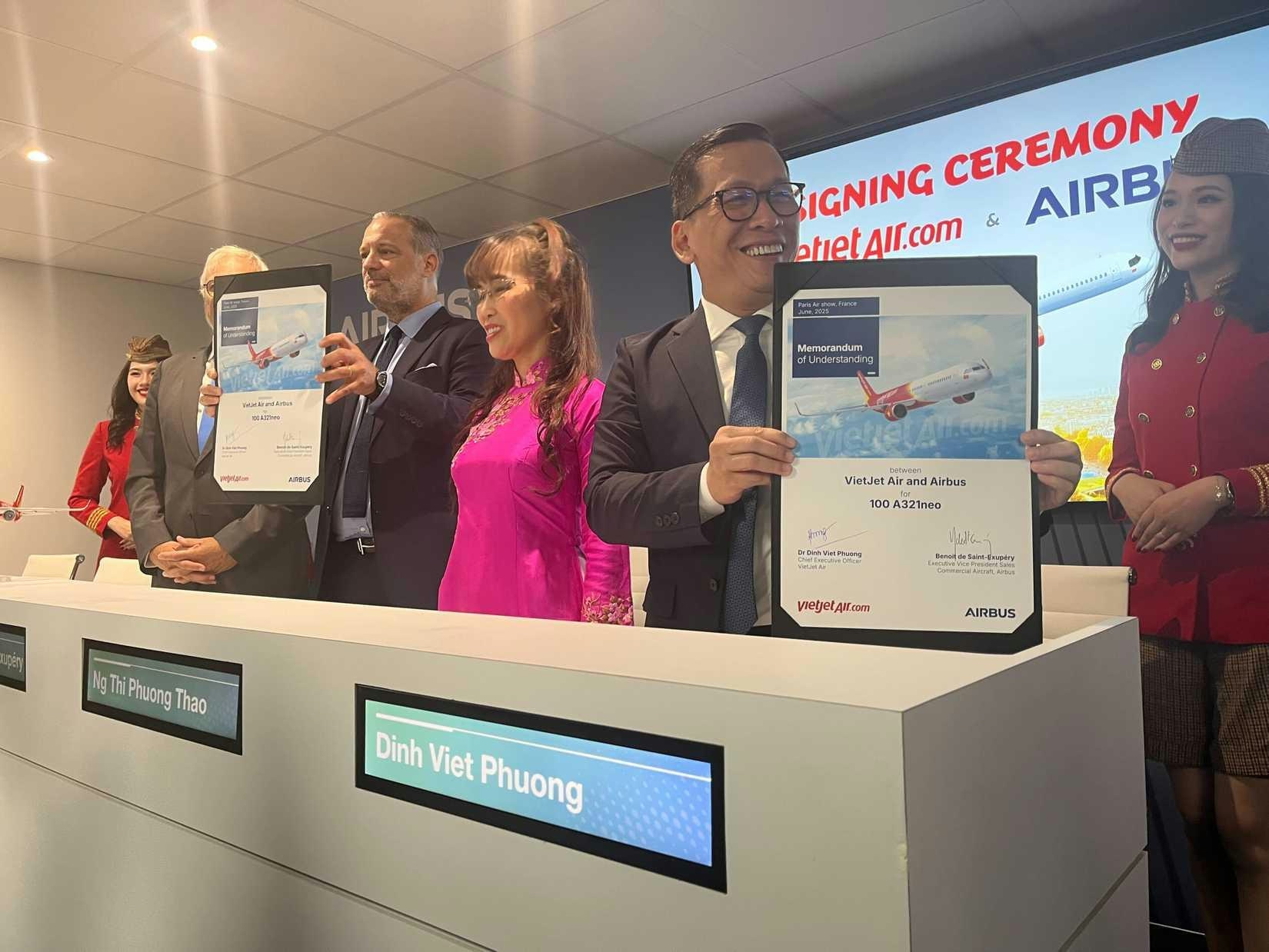
Vietjet Orders 100 Airbus A321neo Jets, Strengthening UK-Vietnam Strategic Partnership
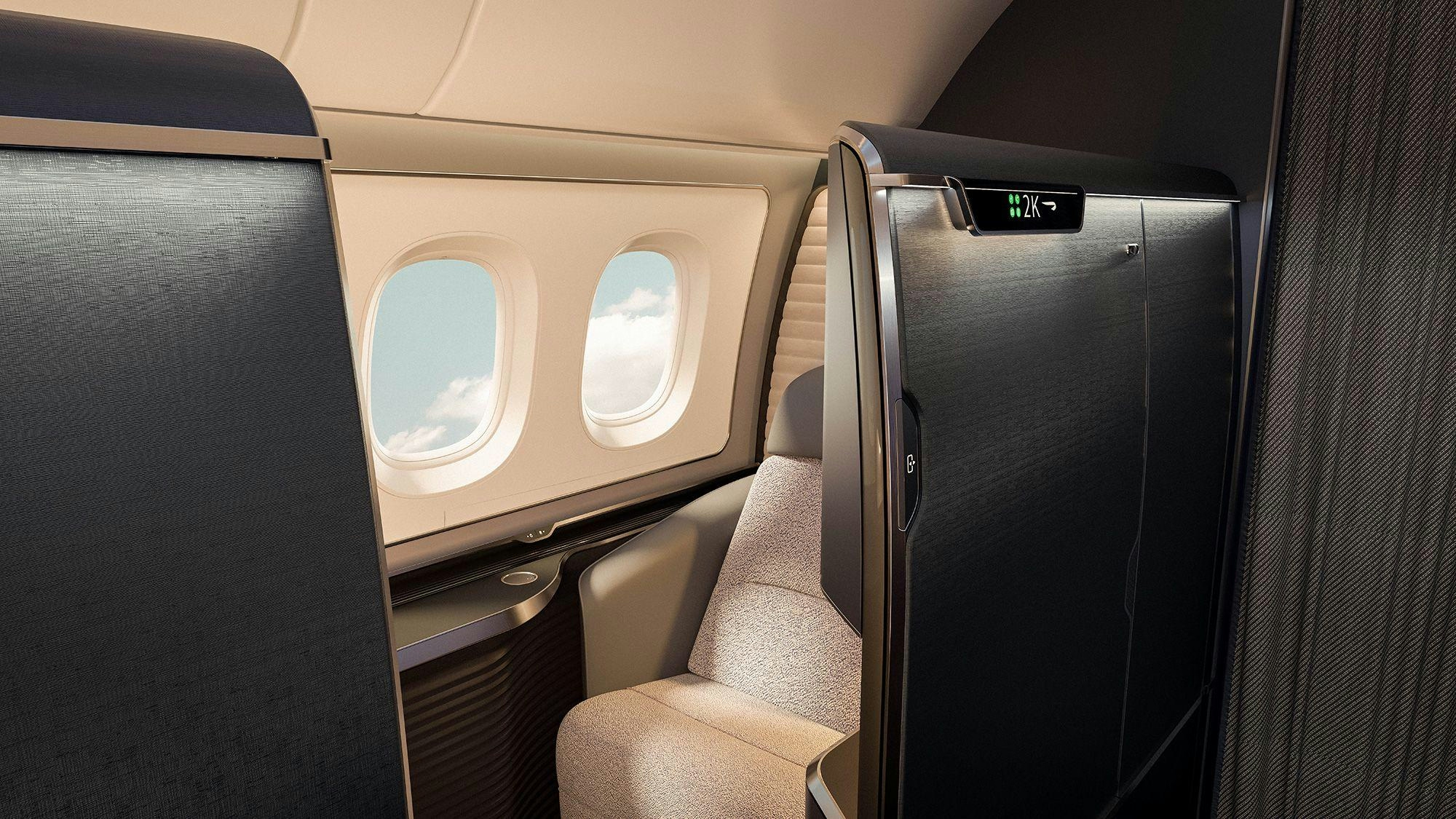
The Aircraft Set to Replace the Iconic Superjumbo

Delta Air Lines Introduces AI-Powered Concierge Service

Shanghai to Host 2025 North Bund International Aviation Forum
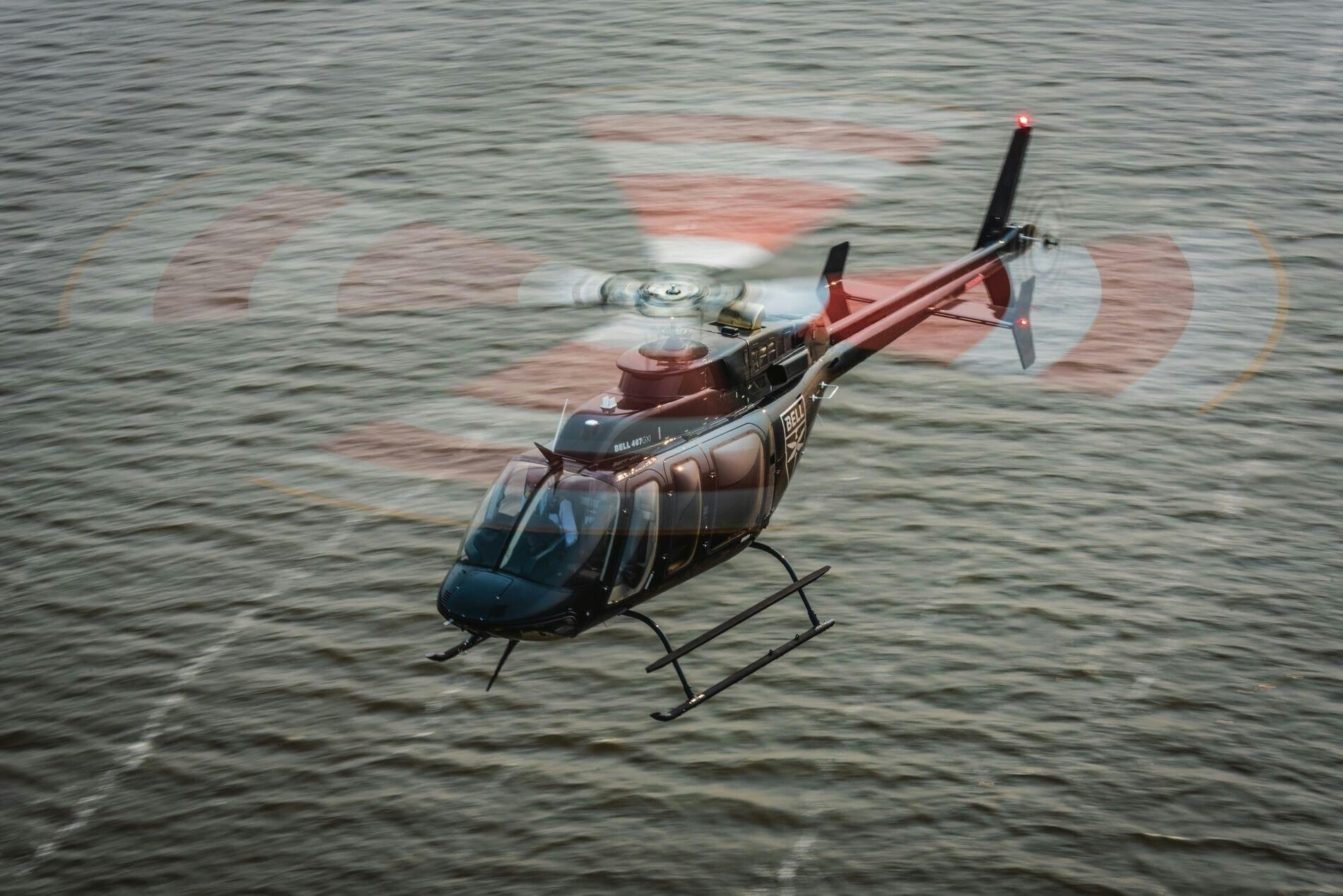
Air Methods Acquires Three Bell 407GX Helicopters and Receives Bell 429 for Medical Fleet
